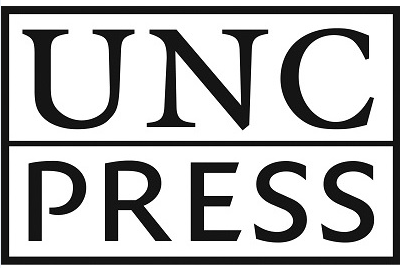In this important study, Chester Pach traces the emergence of
military assistance as a major instrument of contemporary American
foreign policy. During the early Cold War, arms aid grew from a few
country and regional programs into a worldwide effort with an
annual cost of more than $1 billion. Pach analyzes the Truman
administration's increasing reliance on arms aid--for Latin
America, Greece and Turkey, China, and Western Europe--to contain
Communist expansion during the late 1940s. He shows that a crucial
event was the passage of the Mutual Defense Assistance Act of 1949,
the progenitor of a long series of global, Cold War arms
measures.
Pach demonstrates that the main impetus for the startling growth of
military assistance was a belief that it would provide critical
political and psychological reassurance to friendly nations.
Although this aid was ostensibly provided for military purposes,
the overriding goals were insuring goodwill, raising foreign
morale, stiffening the will to resist communism, and proving
American resolve and reliability.
Policymakers, Pach contends, confused means with ends by stressing
the symbolic importance of furnishing aid. They sought additional
appropriations with the threat that any diminution or cessation of
aid suggested a weakening of American commitment. Pach reveals that
civilian, not military, officials were the principal advocates of
the expansion of military aid, and he shows how the policies
established during the Truman administration continued to exert a
profound influence throughout the Cold War.
Some officials questioned the self-perpetuating qualities of
military aid programs, but Pach concludes that their warnings went
unheeded. Although fiscal restraints in the Truman administration
temporarily stemmed the growth of aid, the Korean War exploded
budgetary limitations. MIlitary assistance spending expanded
rapidly in size and scope, gaining a momentum that succeeding
administrations could not resist.
Originally published in 1991.
A UNC Press Enduring Edition -- UNC Press Enduring Editions use the
latest in digital technology to make available again books from our
distinguished backlist that were previously out of print. These
editions are published unaltered from the original, and are
presented in affordable paperback formats, bringing readers both
historical and cultural value.

